Subscribe to our ▶️ YouTube channel 🔴 for the latest videos, updates, and tips.
Home | About Us | Contact Us | Privacy | Math Blog
Comparing Unlike Fractions
In comparing unlike fractions, we first convert them into like fractions by using the following steps and then compare them.
Step I:
Obtain the denominators of the fractions and find their LCM (least common multiple).
Step II:
Each fractions are converted to its equivalent fraction with denominator equal to the LCM (least common multiple) obtained in
Step I.
Step III:
Compare the numerators of the equivalent fractions whose denominators are same.
Solved Examples on Comparing Unlike Fractions:
1. Which is larger 34 or 512?
Solution:
Let us first find the LCM (least common multiple) of the denominators 4 and 12.
We have,
Therefore, LCM (least common multiple) of 4 and 12 is 2 × 2 × 3 = 12.
Now we convert the given fractions to equivalent fractions with denominator 12
We have,
34 = 3×34×3 = 912
512 = 5×112×1 = 512
Now we will observe the numerator, that is 9 > 5.
So, 912 > 512
Therefore, 34 > 512.
2. Compare 78 and 56.
Solution:
First we find the LCM of denominators .
We have,
Therefore, LCM (least common multiple) = 2 × 2 × 2 × 3 = 24.
Now, we convert each fraction into equivalent fraction with 24 as its denominator.
We have,
78 = 7×38×3 = 2124; [since, 24 ÷ 8 = 3]
56 = 5×46×4 = 2024; [since 24 ÷ 6 = 4]
Now we will observe the numerator, that is 20 < 21
So, 2024 < 2124
Therefore, 56 < 78.
3. Arrange the fractions 58, 56, 74, 35 in ascending order.
Solution:
Let us first find the LCM (least common multiple) of the denominators:
We have,
Therefore, LCM (least common multiple) = 2 × 2 × 2 × 3 × 5 = 120.
Now, we convert each fraction into equivalent fraction with 120 as its denominator.
We have,
58 = 5×158×15 = 75120, [since 120 ÷ 8 = 15].
56 = 5×206×20 = 100120, [since 120 ÷ 6 = 20].
74 = 7×304×30 = 210120, [since 120 ÷ 4 = 30].
35 = 3×245×24 = 72120, [since 120 ÷ 5 = 24].
Now we will observe the numerator, that is 72 < 75 < 100 < 210.
So, 72120 < 75120 < 100120 < 210120.
Therefore, 35, 58, 56, 74.
4. Arrange the following fractions in descending order 38, 56, 24, 13, 68.
Solution:
We observe that the given fractions neither have common denominator nor common numerator.
So, first we convert them into like fractions i.e. fractions having common denominator. For this, we first find the LCM (least common multiple) of the denominators of the given fractions.
Denominators are 8, 6, 4, 3, 8.
We have,
Therefore, LCM (least common multiple) = 2 × 2 × 2 × 3 = 24.
Now, we convert each fraction into equivalent fraction with 24 as its denominator.
Thus,
38 = 3×38×3 = 924; [since 24 ÷ 8 = 3]
56 = 5×46×4 = 2024 ; [since 24 ÷ 6 = 4]
24= 2×64×6 = 1224 ; [since 24 ÷ 4 = 6]
13= 1×83×8 = 824 ; [since 24 ÷ 3 = 8]
68 = 6×38×3 = 1824 ; [since 24 ÷ 8 = 3]
Now we will observe the numerator, that is 20 > 18 > 12 > 9 > 8.
So, 2024 > 1824 > 1224 > 924 > 824 .
Therefore, 56 > 68 > 24 > 38 > 13
Cross Multiplication Method of Comparing Two Unlike Fractions:
Let ab and cd be the two given fractions. To compare these fractions, we cross multiply: as shown:
Then, we find the cross products ad and bc.
(i) ad > bc then ab > cd
(ii) ad < bc then ab < cd
(iii) If ad = bc then ab = cd
1. Compare 28 and 35
Solution:
We can compare the given fractions by cross multiplication method easily.
2 × 5 = 10 and 3 × 8 = 24
Therefore, 2 × 5 < 3 × 8
i.e., 28 < 35
We can also compare the given fractions by converting them to like fractions.
The LCM of denominators 8 and 5 is 40.
Therefore, we convert 28 and 35 into like fractions each having denominator 40.
28 = 2×58×5 = 1040 and 35 = 3×85×8 = 2440
Now 1040 and 2440 are like fractions.
Clearly, 10 < 24.
Therefore, 1040 < 2440,
i.e., 28 < 35.
To compare two unlike fractions, we first convert them to like fractions.
1. Compare 712 and 518.
Solution:
Let us first convert both fractions to like fractions and then compare.
LCM of denominators 12 and 18 is 36.
Divide 36 by 12, we get 3. Now, multiply both numerators and denominator of the fraction 712 by 3.
7×312×3 = 2136
Divide 36 by denominator of the second fraction. i.e. 18, we get 2.
Multiply numerator and denominator of the fraction 518 by 2.
5×218×2 = 1036
Compare the two fractions 2136 and 1036. Here 21 > 10. Thus, 712 > 518.
Alternate Method:
We can compare unlike fractions by cross multiplication in the following way.
Here, 7 × 18 > 12 × 5; 126 > 60
So, 712 > 518
2. Arrange the following fractions in ascending order 14, 32, 78, 116
Solution: LCM of denominators 4, 2, 8 and 16 = 16
Here, the given fractions can be written as
14 = 1×44×4 = 416
32 = 3×82×8 = 2416
78 = 7×28×2 = 1416
116 = 1×116×1 = 116
Ascending order is 116 < 416 < 1416 < 2416
or, 116 < 14 < 78 < 32
Questions and Answers on Comparing Unlike Fractions:
1. Compare the given fractions by putting the right sign <, > or =.
(i) 15 ___ 111
(ii) 76 ___ 46
(iii) 318 ___ 315
(iv) 23 ___ 34
(v) 612 ___ 816
(vi) 55 ___ 57
(vii) 56 ___ 1218
(viii) 1015 ___ 1421
(ix) 27 ___ 513
Answers:
(i) >
(ii) >
(iii) <
(iv) <
(v) =
(vi) >
(vii) >
(viii) =
(ix) <
2. Arrange the given fractions in ascending order.
(i) 36, 38, 34
(ii) 116, 14, 12
(iii) 12, 34, 58
(iv) 25, 34, 35
Answers:
(i) 38, 36, 34
(ii) 116, 14, 12
(iii) 12, 58, 34
(iv) 25, 35, 34
Word Problems on Comparing Unlike Fractions:
3. Robert ate 922 part of the pizza and Maria ate 511 part of the pizza. Who ate the greater part of the pizza? What fraction of pizza was finished by the two girls?
Solution:
Robert ate 922 part of the pizza.
Maria ate 511 part of the pizza.
Let us first convert both fractions to like fractions and then compare.
Let us find the LCM of the denominators 22 and 11.
The LCM of 22 and 11 is 22.
922 = 9×122×1 = 922
511 = 5×211×2 = 1022
Compare the two fractions 922 and 1022.
Here 10 > 9. Thus, 511 > 922.
Maria ate the greater part of the pizza.
Now add the two fractions922 + 511
We get the like fractions 922 and 522.
Now, 922 + 1022
= 9+1022
= 1922
Therefore, 1922 of the pizza was finished by the two girls?
3. Ron covered a distance of 56 km and Jon covered a distance of 34 km. Who covered the greater distance?
Answer: Ron
4. Adrian cycled for 628 km and Steven cycled 274 km during the weekend. Who cycled more and by how much?
Answer: Adrian, 1 km
● Fraction
- Representations of Fractions on a Number Line
- Fraction as Division
- Types of Fractions
- Conversion of Mixed Fractions into Improper Fractions
- Conversion of Improper Fractions into Mixed Fractions
- Equivalent Fractions
- Interesting Fact about Equivalent Fractions
- Fractions in Lowest Terms
- Like and Unlike Fractions
- Comparing Like Fractions
- Comparing Unlike Fractions
- Addition and Subtraction of Like Fractions
- Addition and Subtraction of Unlike Fractions
- Inserting a Fraction between Two Given Fractions
Numbers Page
6th Grade Page
From Comparing Unlike Fractions to HOME PAGE
Didn't find what you were looking for? Or want to know more information about Math Only Math. Use this Google Search to find what you need.
Recent Articles
-
Worksheet on Area, Perimeter and Volume | Square, Rectangle, Cube,Cubo
Jul 25, 25 12:21 PM
In this worksheet on area perimeter and volume you will get different types of questions on find the perimeter of a rectangle, find the perimeter of a square, find the area of a rectangle, find the ar… -
Worksheet on Volume of a Cube and Cuboid |The Volume of a RectangleBox
Jul 25, 25 03:15 AM
We will practice the questions given in the worksheet on volume of a cube and cuboid. We know the volume of an object is the amount of space occupied by the object.1. Fill in the blanks: -
Volume of a Cuboid | Volume of Cuboid Formula | How to Find the Volume
Jul 24, 25 03:46 PM
Cuboid is a solid box whose every surface is a rectangle of same area or different areas. A cuboid will have a length, breadth and height. Hence we can conclude that volume is 3 dimensional. To measur… -
Volume of a Cube | How to Calculate the Volume of a Cube? | Examples
Jul 23, 25 11:37 AM
A cube is a solid box whose every surface is a square of same area. Take an empty box with open top in the shape of a cube whose each edge is 2 cm. Now fit cubes of edges 1 cm in it. From the figure i… -
5th Grade Volume | Units of Volume | Measurement of Volume|Cubic Units
Jul 20, 25 10:22 AM
Volume is the amount of space enclosed by an object or shape, how much 3-dimensional space (length, height, and width) it occupies. A flat shape like triangle, square and rectangle occupies surface on…


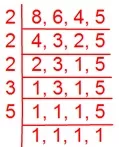
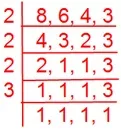
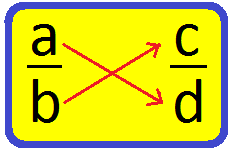
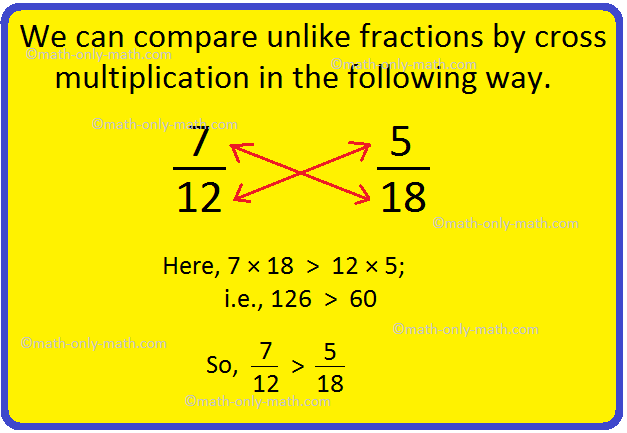
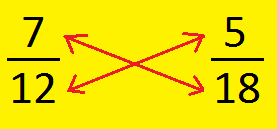
![To convert a percentage into a fraction, place the given number over 100 and reduce it to its lowest term. Consider the following example: (i) 20% [We know % = 1/100]](/images/convert-a-percentage-into-a-fraction.png)
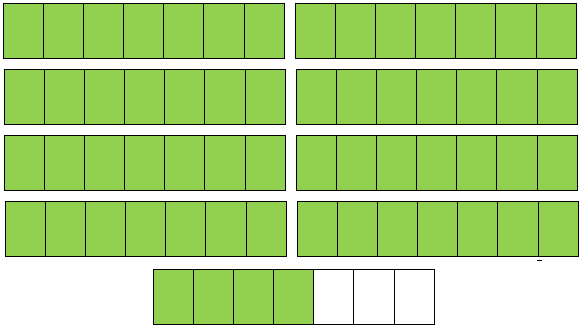
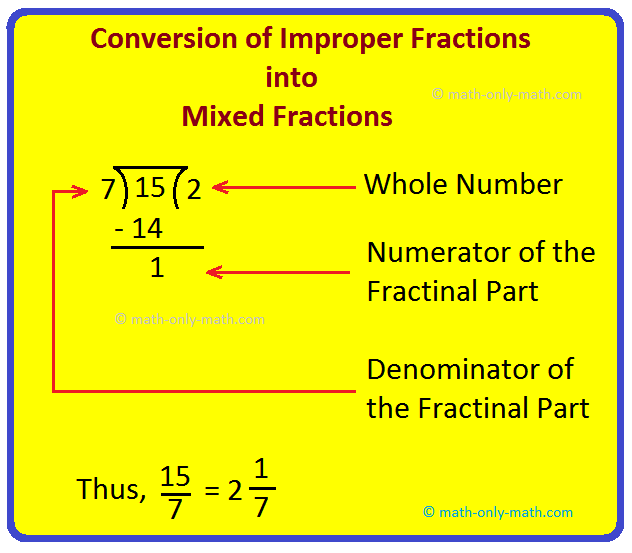
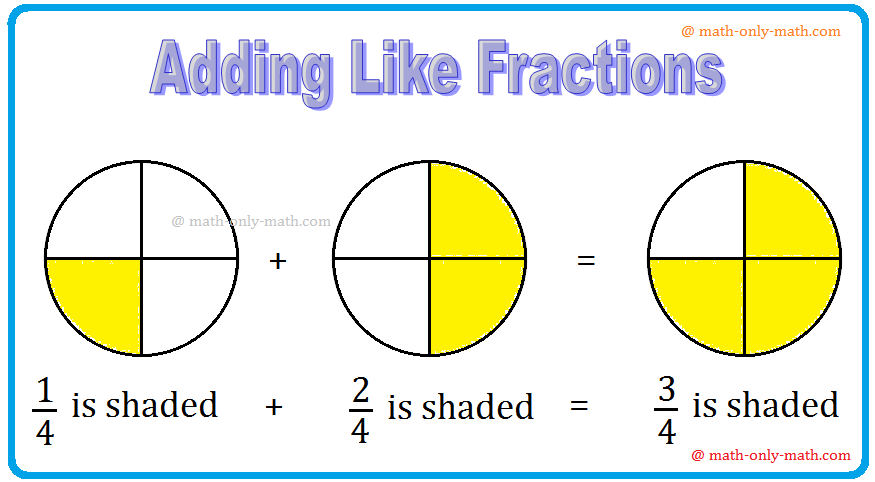


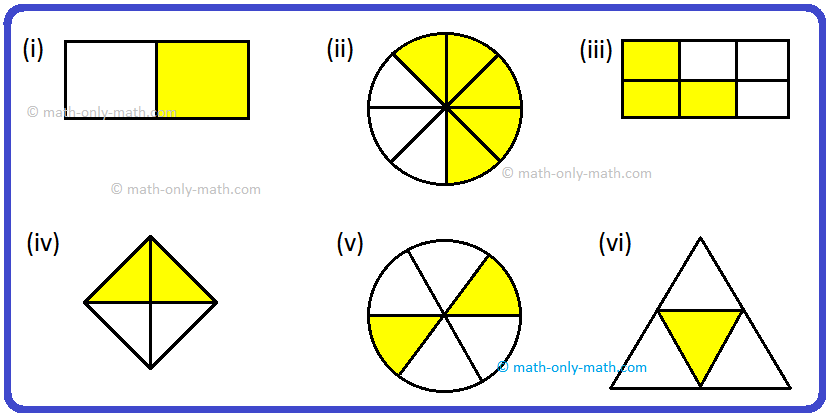


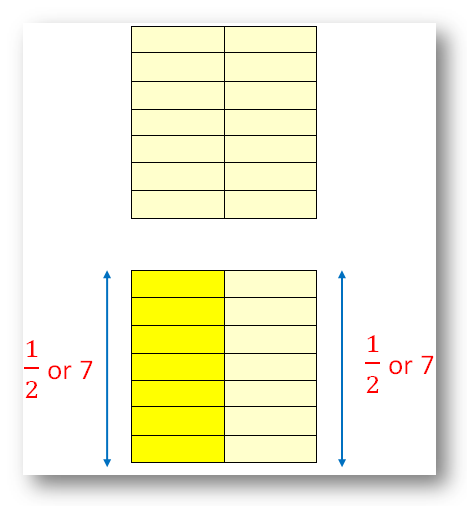

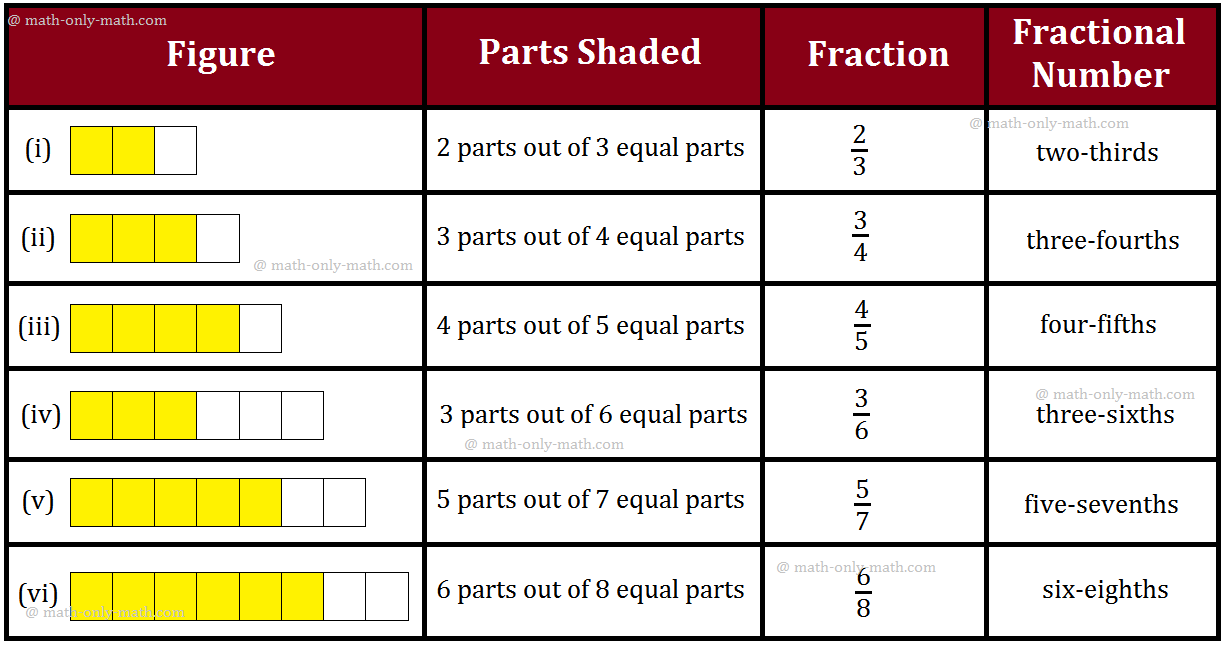






New! Comments
Have your say about what you just read! Leave me a comment in the box below. Ask a Question or Answer a Question.